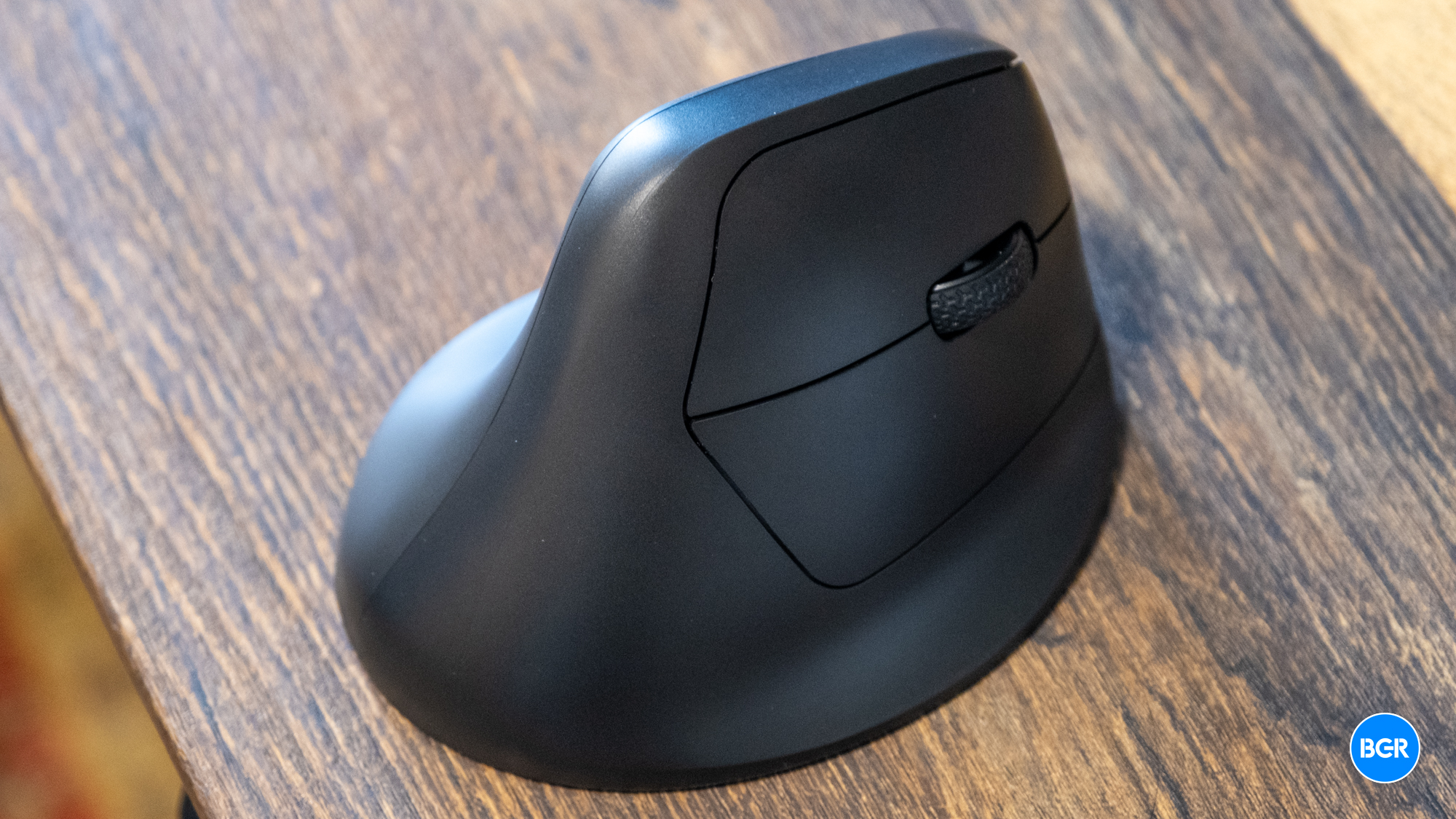Brace yourself for more expensive consumer electronics. President Trump just announced a “reciprocal tariff” plan that imposes tariffs on Taiwan, Vietnam, and India — key markets outside of China that also produce phones and PC components.
At a White House event this afternoon, Trump announced the trade policy by holding up a chart that listed the new tariff rates. The US will tariff imports from Vietnam at 46%, goods from Taiwan at 32%, and products from India at 26%. Importantly, Trump plans on instituting a base tariff of 10% on imports from dozens of countries, including Brazil, Australia, and Peru.
This Tweet is currently unavailable. It might be loading or has been removed.
In addition, the Trump administration plans on tariffing China at 34% on top of the president’s existing 20% tariffs on the country, according to CNBC. The effect could drastically increase prices for PC components, including graphics cards, since many of them are made in the country. But in some good news for PC builders, Trump is exempting semiconductors from the reciprocal tariffs, giving a reprieve to Taiwan’s TSMC, which produces chips for Apple, Nvidia, AMD and others.
Trump’s chart includes both the 10% baseline tariff and any extra reciprocal levy for each country, since many of them are made in the country, The New York Times notes. But it looks like Canada and Mexico were spared since neither appear on the list.
Trump Cabinet members at the White House tariff event. (Photo by SAUL LOEB/AFP via Getty Images)
The official announcement from the White House says that the 10% tariff takes effect on April 5, 2025, at 12:01 a.m. EST. Any additional levies will activate on April 9 at 12:01 a.m. EST.
Get Our Best Stories!

What’s New Now
By clicking Sign Me Up, you confirm you are 16+ and agree to our Terms of Use and Privacy Policy.
Thanks for signing up!
Your subscription has been confirmed. Keep an eye on your inbox!
“If you want your tariff rate to be zero, then you build your product right here in America,” Trump said in defending the tariffs. He also described his reciprocal tariff as “kind,” claiming that other countries will impose duties on US products at higher, unfair rates.
To dodge Trump’s existing tariffs, many companies were migrating their manufacturing from China to the other markets. Others, including Taiwan’s TSMC and Apple, announced huge investments to build new factories in the US. But despite the maneuvering, Trump’s reciprocal tariffs are poised to ensnare all foreign-made goods at varying rates.
Recommended by Our Editors
Although tariffs threaten to spark inflation, Trump said he expects to rake in $6 trillion in revenue over the coming years through the sweeping duties on foreign imports. But the Consumer Technology Association is slamming the reciprocal tariffs, and warning they could cause an economic recession.
“These tariffs will raise consumer prices and will force our trade partners to retaliate. Americans will become poorer because of these tariffs,” the association said. “This will not be a golden age – but a return to the global economic catastrophe of the Smoot-Hawley tariffs of the 1930s that will disproportionately hurt low income and hardworking Americans.”
About Michael Kan
Senior Reporter











